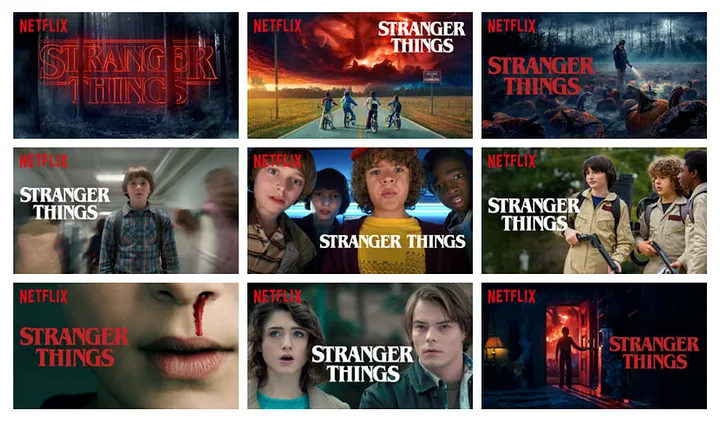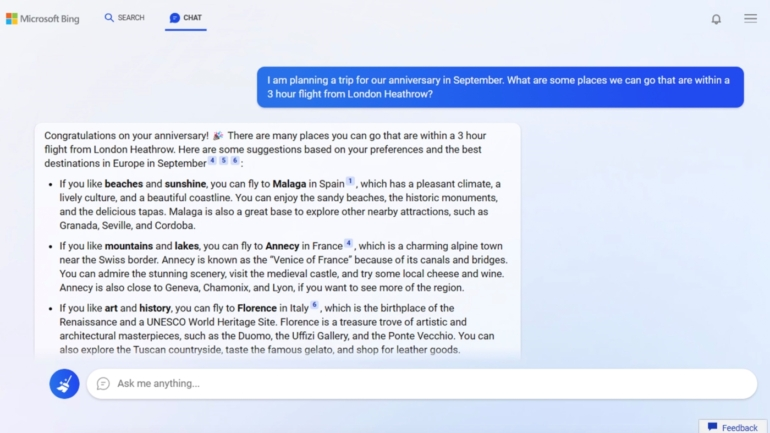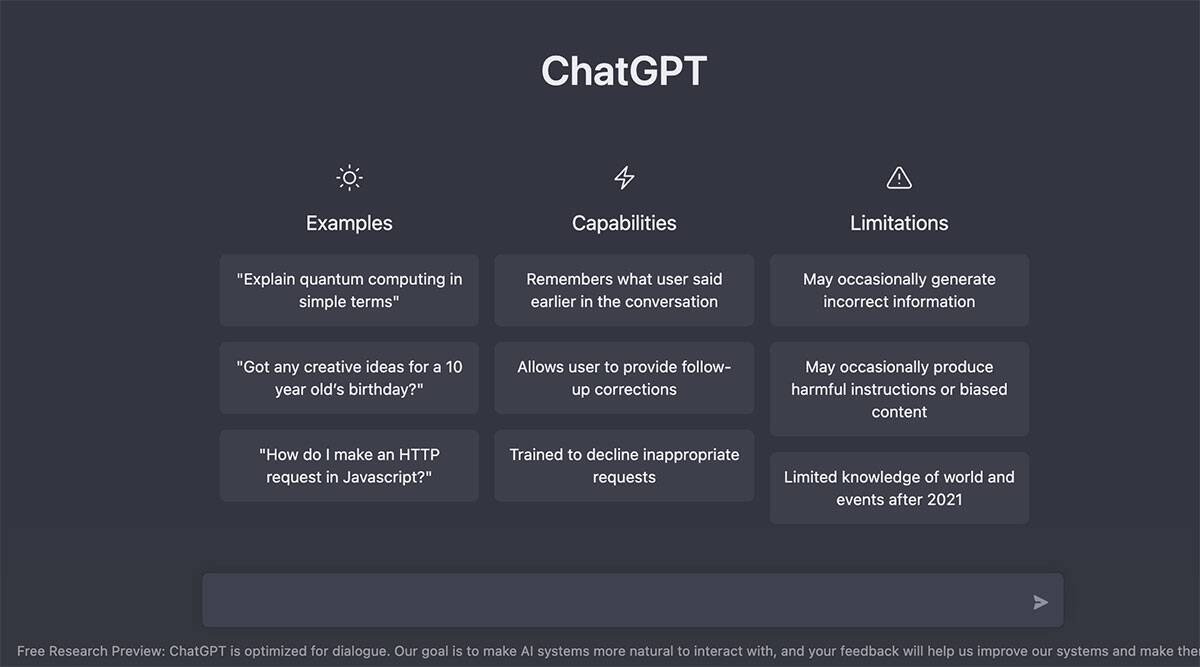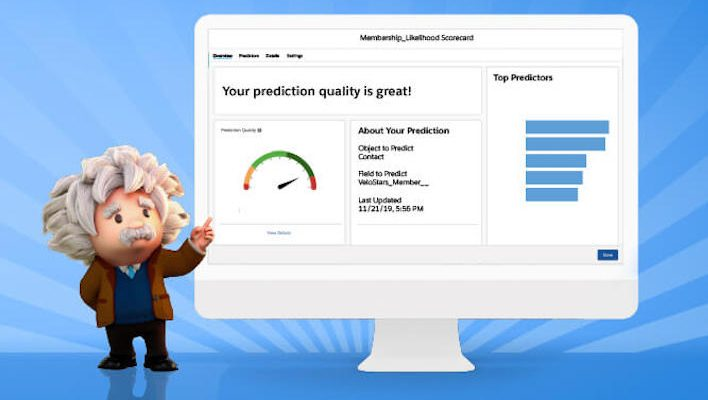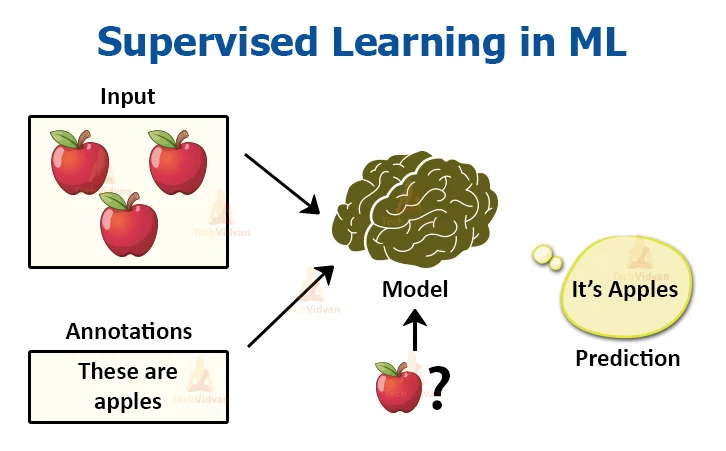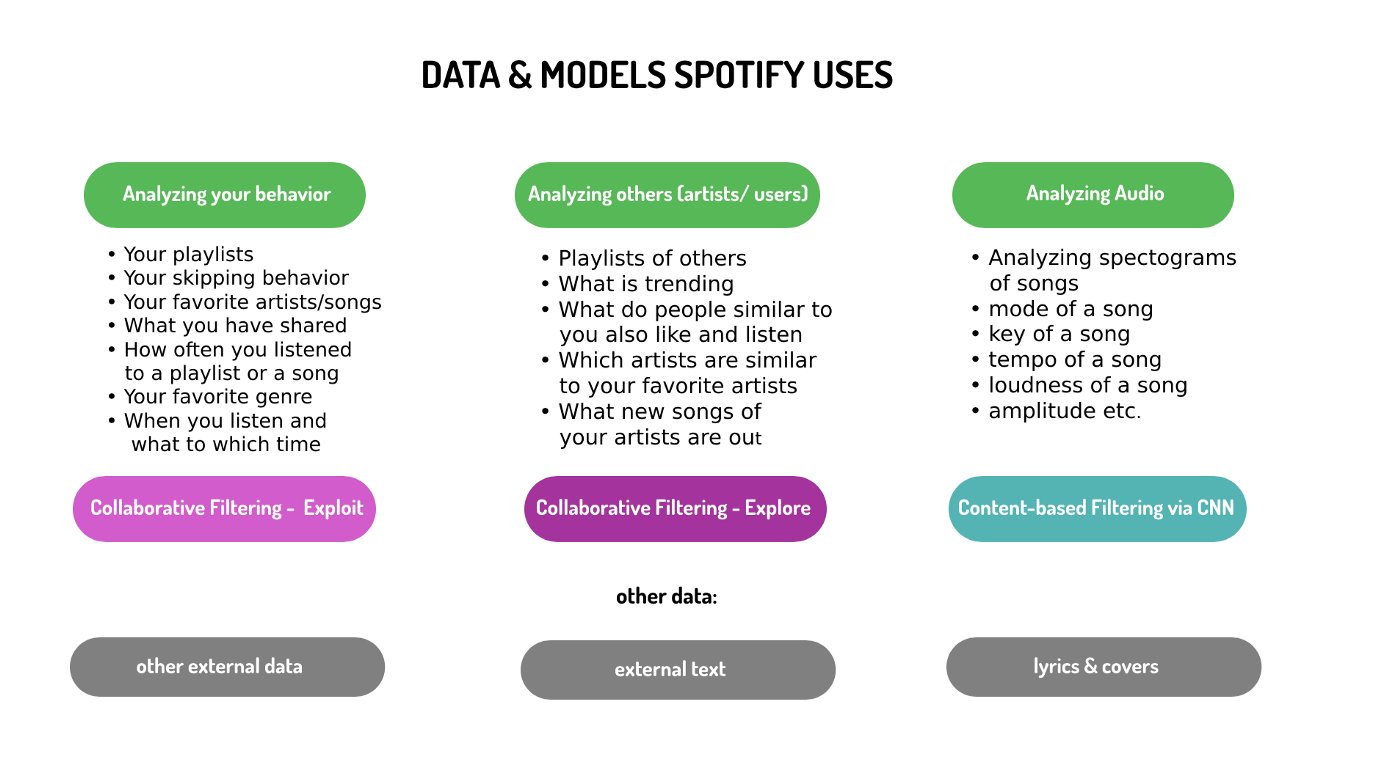Thread
AI is changing the world as we know it.
But 98% of people don't realise how it will impact their life.
Here are 10 core concepts in AI you need to know that will transform your future:
But 98% of people don't realise how it will impact their life.
Here are 10 core concepts in AI you need to know that will transform your future:
1/ Machine learning (ML)
ML is the backbone of AI.
It uses algorithms to analyse data, identify patterns, and then use these patterns to make predictions.
The thumbnails on your friend's Netflix account are different from yours.
Netflix uses ML to learn from your preferences.
ML is the backbone of AI.
It uses algorithms to analyse data, identify patterns, and then use these patterns to make predictions.
The thumbnails on your friend's Netflix account are different from yours.
Netflix uses ML to learn from your preferences.
2/ Natural language processing (NLP)
NLP is the ability of AI to understand and process human language.
It involves tasks such as text classification, sentiment analysis, language translation, and text generation.
Microsoft's ChatGPT integration into Bing enables NLP.
NLP is the ability of AI to understand and process human language.
It involves tasks such as text classification, sentiment analysis, language translation, and text generation.
Microsoft's ChatGPT integration into Bing enables NLP.
3/ Computer vision
Computer vision is AI's ability to interpret and understand visual data such as images and video.
Comma AI uses computer vision algorithms to identify and track other vehicles, pedestrians, and road signs.
They drove to Taco Bell.
Computer vision is AI's ability to interpret and understand visual data such as images and video.
Comma AI uses computer vision algorithms to identify and track other vehicles, pedestrians, and road signs.
They drove to Taco Bell.
4/ Robotics
Robotics uses AI in physical machines to automate tasks.
• Perception
• Decision making
• Physical action
Tasks in construction, transportation and medical procedures will all be automated.
Here's Boston Dynamic's Atlas in action.
Robotics uses AI in physical machines to automate tasks.
• Perception
• Decision making
• Physical action
Tasks in construction, transportation and medical procedures will all be automated.
Here's Boston Dynamic's Atlas in action.
5/ Deep learning
Deep learning is a type of machine learning that uses artificial neural networks.
Neural networks are inspired by the structure and function of the human brain.
Google’s AlphaGo beat Go grandmaster Lee Sedol using deep learning.
Deep learning is a type of machine learning that uses artificial neural networks.
Neural networks are inspired by the structure and function of the human brain.
Google’s AlphaGo beat Go grandmaster Lee Sedol using deep learning.
6/ Reinforcement learning
Reinforcement learning is the process of teaching AI through trial and error.
OpenAI used Reinforcement Learning from Human Feedback (RLHF) to train ChatGPT.
Human AI trainers played both sides—the user and an AI assistant—to lead to desired outcomes.
Reinforcement learning is the process of teaching AI through trial and error.
OpenAI used Reinforcement Learning from Human Feedback (RLHF) to train ChatGPT.
Human AI trainers played both sides—the user and an AI assistant—to lead to desired outcomes.
7/ Knowledge representation and reasoning
Knowledge representation and reasoning involve mapping human knowledge into a computer-readable form and using that knowledge to solve problems and make decisions.
Salesforce Einstein uses AI to automate the sales and marketing process.
Knowledge representation and reasoning involve mapping human knowledge into a computer-readable form and using that knowledge to solve problems and make decisions.
Salesforce Einstein uses AI to automate the sales and marketing process.
8/ Generative models
Generative models can generate new data that is similar to data it has seen before.
• Midjourney
• DALL·E
• Stable diffusion
Hollywood will eventually be fragmented by generative AI.
Here's how Stable diffusion generates images:
Generative models can generate new data that is similar to data it has seen before.
• Midjourney
• DALL·E
• Stable diffusion
Hollywood will eventually be fragmented by generative AI.
Here's how Stable diffusion generates images:
9/ Supervised learning
Supervised learning is a method of teaching AI by providing it with labelled training data.
You might give an AI a set of images labelled as “apple” or “pear”.
Tesla uses supervised learning in its autopilot to respond to different driving scenarios.
Supervised learning is a method of teaching AI by providing it with labelled training data.
You might give an AI a set of images labelled as “apple” or “pear”.
Tesla uses supervised learning in its autopilot to respond to different driving scenarios.
10/ Unsupervised learning
Unsupervised learning has the same end goal—for the AI to be able to correctly label data — but it’s never given the initial training.
Spotify uses unsupervised learning algorithms to recommend music to its users based on their listening habits.
Unsupervised learning has the same end goal—for the AI to be able to correctly label data — but it’s never given the initial training.
Spotify uses unsupervised learning algorithms to recommend music to its users based on their listening habits.
I'm sharing what I learn as I continue diving headfirst into AI.
Follow me @thealexbanks for more.
If you liked this thread, you'll love the newsletter.
Subscribe here:
noise.beehiiv.com/subscribe
Follow me @thealexbanks for more.
If you liked this thread, you'll love the newsletter.
Subscribe here:
noise.beehiiv.com/subscribe
Help everyone learn and retweet this thread:
